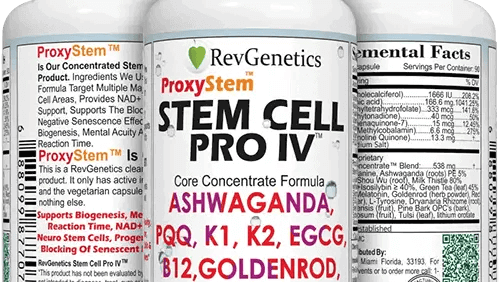Longevity Supplement Stem Cell Pro IV™ Ingredients And Studies

Listen to article
Audio generated by DropInBlog's Blog Voice AI™ may have slight pronunciation nuances. Learn more





